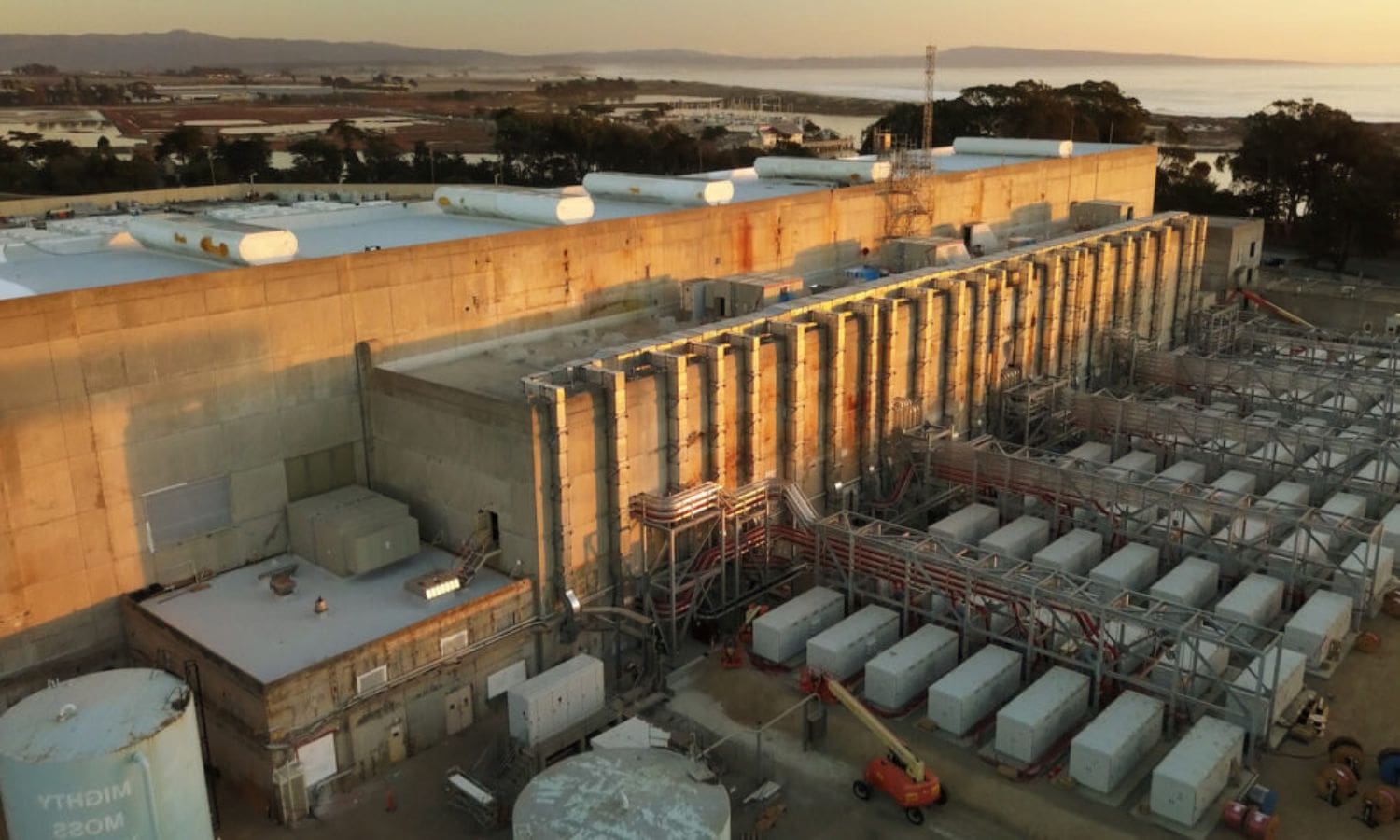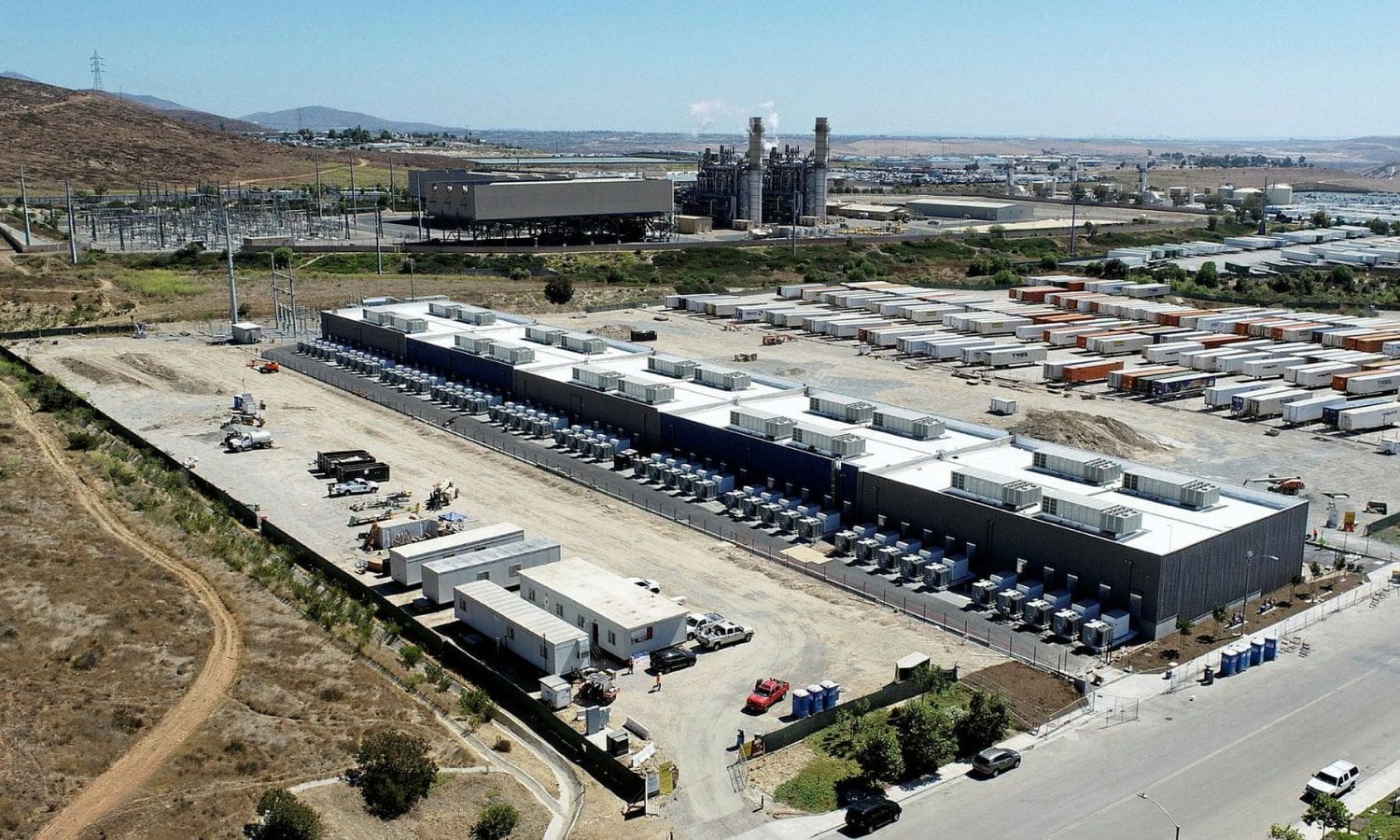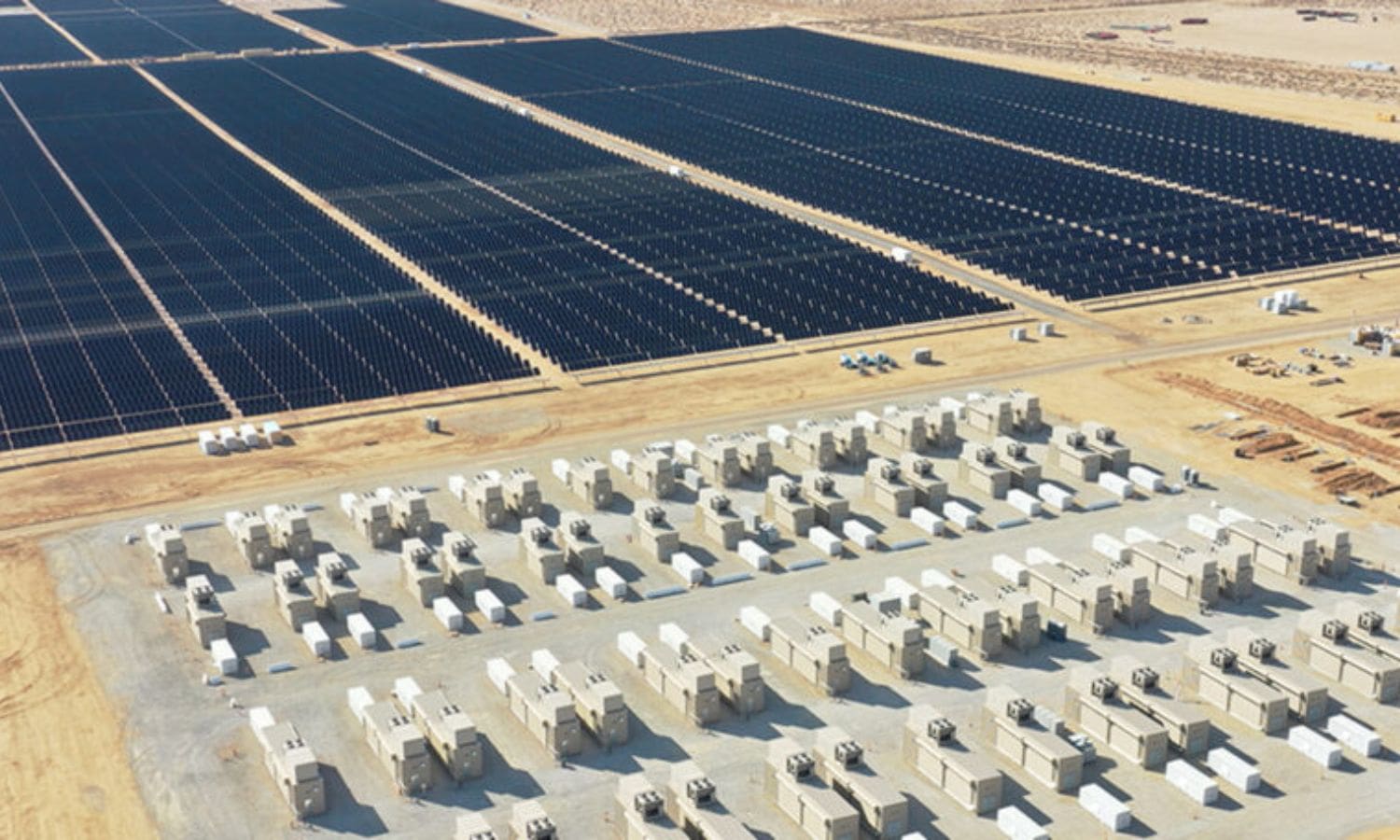World Largest Battery Storage System: California has achieved yet another milestone in its pursuit of clean and sustainable energy with the successful launch of the world’s largest battery storage system in the state’s solar-plus-storage project.
This groundbreaking development has captured the attention of industry experts and environmental enthusiasts alike, as it signifies a significant step towards achieving grid resiliency and reducing reliance on fossil fuels.
The sheer scale and capacity of this storage system surpass previous records, cementing California’s position as a leader in renewable energy innovation.
But what does this mean for the future of energy storage and the potential it holds for a greener tomorrow? Let’s explore the intricate details of this monumental project and delve into its implications for the energy landscape.
Key Takeaways Of World Largest Battery Storage System
- The Edwards & Sanborn solar-plus-storage project is the world’s largest solar project, featuring a solar photovoltaic capacity of 875MWdc and a battery energy storage system (BESS) with a capacity of 3,287MWh.
- The project sets a new standard for the global solar industry and surpasses the previous capacity milestone set by Vistra’s facility at Moss Landing.
- Construction of the project started in 2018 and reached substantial completion in late 2021, making it one of the largest public-private collaborations in the history of the US Department of Defense.
- The project enhances grid resiliency by integrating solar power with battery storage, providing a reliable source of electricity during peak demand periods or grid disruptions and reducing reliance on fossil fuels.


Also Read: Massive Sinkhole After Heavy Flooding in California
World’s Largest Solar Project Achieves Full Online Status
The Edwards & Sanborn solar-plus-storage project in California has successfully achieved full online status, solidifying its position as the world’s largest solar project. This monumental achievement marks a significant milestone in the renewable energy sector and is a testament to the project’s scale and ambition.
With an impressive solar photovoltaic (PV) capacity of 875MWdc, the project will generate clean and sustainable energy to power thousands of homes and businesses. Additionally, the project features an awe-inspiring battery energy storage system (BESS) with a capacity of 3,287MWh, ensuring a reliable and stable supply of electricity even during periods of low solar generation.
The completion of this project not only showcases California’s commitment to renewable energy but also sets a new standard for the global solar industry.
Project Overview and Construction Timeline
What was the timeline for the construction of the Edwards & Sanborn solar-plus-storage project, the world’s largest solar project in California? The project, spanning 4,600 acres in Kern County, took three years to complete. The construction timeline for this massive endeavor began in 2018 and reached substantial completion in late 2021. The project features 1.9 million PV modules from First Solar, contributing to its impressive capacity. Additionally, battery energy storage system (BESS) units from LG Chem, Samsung, and BYD were incorporated to enhance the overall storage capabilities. To provide a clearer understanding, here is a table summarizing the key milestones during the construction of the Edwards & Sanborn solar-plus-storage project:
| Construction Milestones | |
|---|---|
| Project Start | 2018 |
| Substantial Completion | Late 2021 |
| First Phase Operation | Late 2021 |
This timeline signifies the dedication and effort put into the project’s construction, leading to the successful completion of the world’s largest solar project with integrated battery storage capabilities in California.


Record-Breaking Capacity Surpasses Previous Milestone
Continuing the impressive journey of the Edwards & Sanborn solar-plus-storage project, its record-breaking capacity now surpasses the previous milestone set by Vistra’s facility at Moss Landing, solidifying its position as a trailblazer in the solar energy landscape.
With a total capacity of 1,300MW, Edwards & Sanborn’s interconnection capacity sets a new standard in the industry. This achievement not only highlights the project’s immense scale but also its commitment to pushing the boundaries of renewable energy storage.
Diverse Offtakers and Public-Private Collaboration
Diverse offtakers and a groundbreaking public-private collaboration contribute to the success of California’s solar-plus-storage project, Edwards & Sanborn.
This project serves various offtakers, including the city of San Jose, utilities Southern California Edison (SCE) and Pacific Gas & Electric (PG&E), community choice aggregator (CCA) Clean Power Alliance, and even Starbucks. By catering to such a diverse range of customers, the project ensures that the benefits of clean energy and battery storage reach a wide audience.
Additionally, a significant portion of the project is located on the Edwards Air Force Base, making it the largest public-private collaboration in the history of the US Department of Defense. This collaboration showcases the commitment of both the public and private sectors to achieving renewable energy goals and reducing carbon emissions.
The partnership between government entities, utilities, and private corporations demonstrates the power of collaboration in driving the energy transition forward.
Grid Resiliency and Project Significance
The significance of the Edwards & Sanborn solar-plus-storage project extends beyond its size, as it plays a crucial role in enhancing grid resiliency. With its undisclosed battery energy storage system (BESS) capacity, likely aligning with the typical 4-hour duration common in California, this project stands out as a beacon in the renewable energy sector.
Terra-Gen, the project owner, emphasizes the facility’s role in ensuring grid stability and reliability. By integrating solar power with battery storage, the project helps to address the intermittency of renewable energy sources and provides a reliable source of electricity during peak demand periods or when there is a disruption in the grid.
This not only helps to reduce reliance on fossil fuels but also strengthens the overall resilience of the grid, making it better equipped to withstand and recover from potential disruptions or emergencies.


Conclusion Of World Largest Battery Storage System
The completion of California’s solar-plus-storage project marks a major milestone in the renewable energy sector. With the world’s largest battery storage system now fully operational, this project showcases the potential for grid resiliency and the importance of public-private collaboration.
The record-breaking capacity achieved in this project sets a new standard for solar energy projects worldwide. It is a significant step towards a more sustainable and cleaner future.
Our Reader’s Queries
Q1. What is the largest bess system in the world?
A. In a groundbreaking development, the Moss Landing Energy Storage Facility, situated in Monterey County, California, has undergone a significant expansion, now boasting a capacity of 750 MW/3,000 MWh. This expansion solidifies its position as the world’s largest lithium-ion battery energy storage system. Notably, the facility is located on the site of a former gas-powered plant in Moss Landing.
Q2. What is the largest solar project in California?
A. In the realm of solar power, the title of the world’s largest plant is claimed by Desert Sunlight, albeit by a narrow margin. Constructed by Arizona-based First Solar, this solar powerhouse stands shoulder to shoulder with the Topaz solar project in San Luis Obispo County, California. Both projects, each with a capacity of 550 megawatts, showcase the remarkable strides in solar energy infrastructure.
Q3. How much did the Moss Landing battery storage project cost?
A. As of 2020, the National Renewable Energy Laboratory provided an estimate for the cost of four-hour lithium-ion battery storage, pegging it at $350 per kilowatt-hour. This assessment factored into the total cost calculation for the Moss Landing project, reaching a substantial investment of $560 million.
Q4. What is the biggest solar companies in California?
A. Following comprehensive research and assessment of solar companies in the state, the MarketWatch Guides team has concluded that the top-rated solar installers for California homeowners are Sunrun, Palmetto, and ADT Solar.
Q5. Who invented battery storage?
A. The advent of the storage battery, credited to Gaston Planté of France in 1859–60 and further refined by Camille Faure in 1881, marked a pivotal moment enabling the development of electric vehicles. In 1881, what is believed to be the first electric vehicle, a tricycle, took to the streets of Paris, showcasing the early realization of this revolutionary technology.

